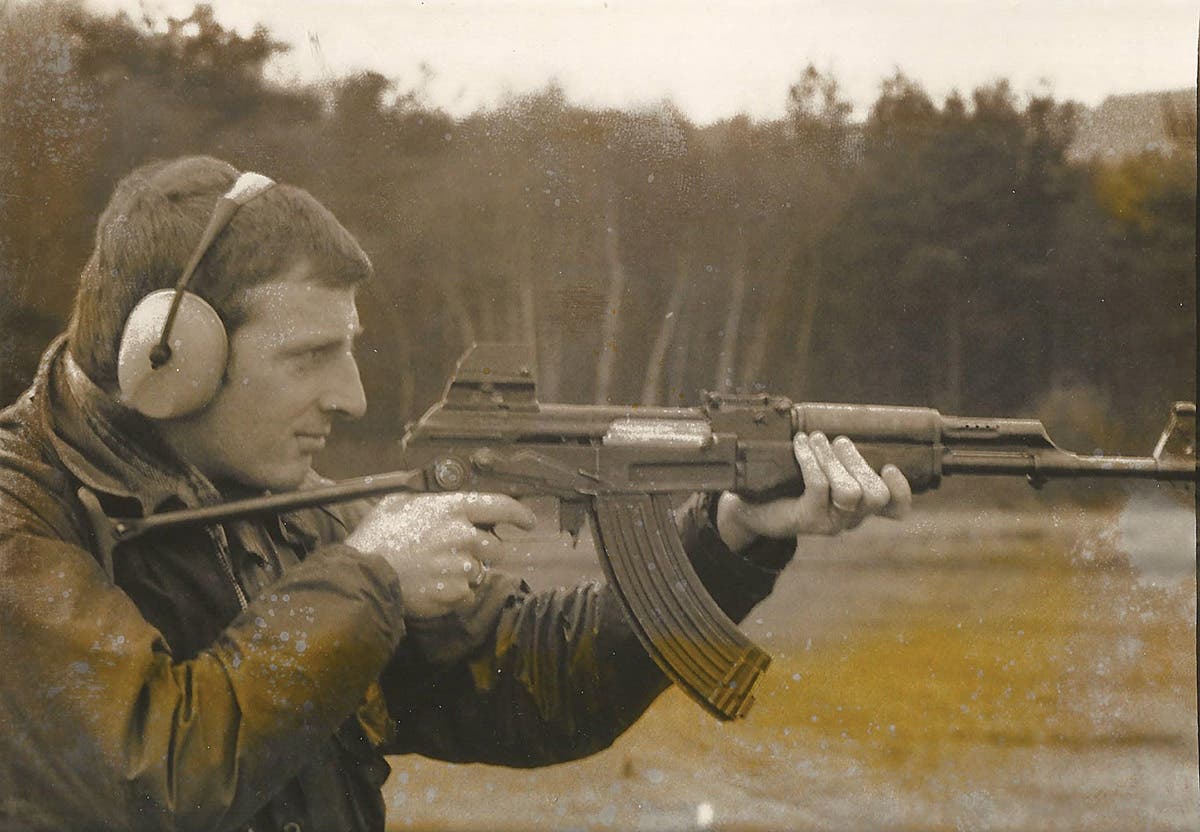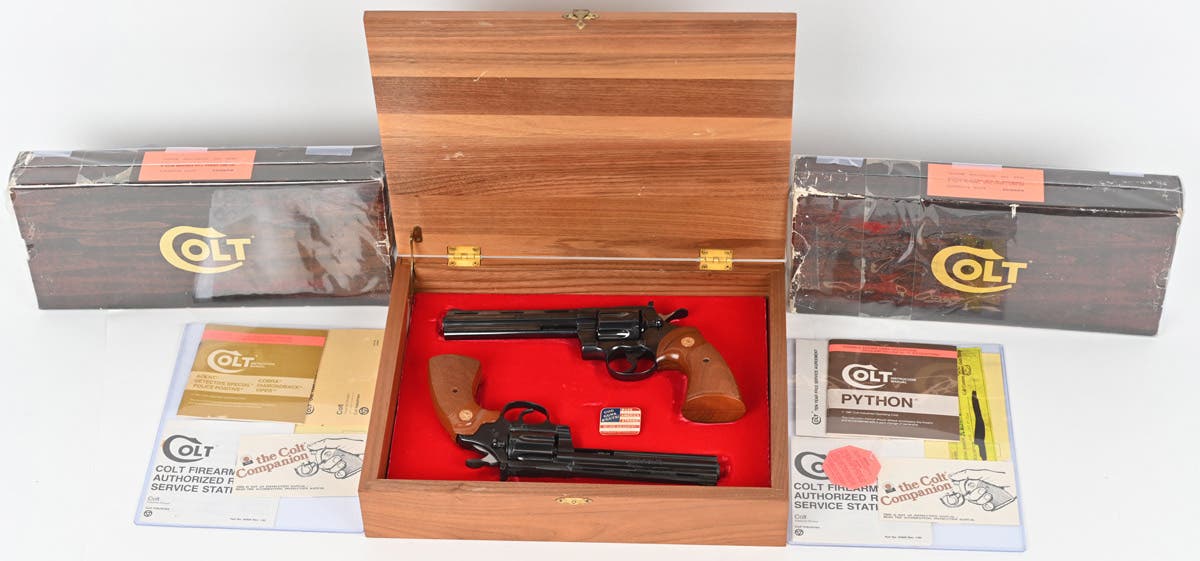Remember Rough & Ready’s 4,500
On February 22-23, 1847, General Zachary Taylor depended on mostly volunteers to stand up against a Mexican Army of 20,000 soldiers at the Battle of La Angostura.
On this day, one hundred seventy-four years ago and through the night of Feb. 23, 1847, until the pre-dawn hours of the 24th, the remnants of General Zachary Taylor’s small, mostly volunteer, American Army listened to what they believed would be their final demise. For two days in 1847, the invading American Army of 4,500 soldiers defended a small pass 6 miles south of Saltillo, Mexico.
Mexican General Santa Anna had marched his Army of nearly 20,000 from San Luis Potosi to repel the Americans and drive them back across the Rio Grande, far to the north. During the days of February 22 and 23, the Mexicans reduced Taylor’s forces to just over 3,500, having inflicted nearly 450 casualties and breaking and disorganizing at least two of the General’s volunteer regiments. In those dark, cold hours, the remaining Americans listened to the turning of artillery wheels, the barking of commands, and the rattle of accouterments, all indicating, they were sure, a final Mexican attack at dawn. They clawed at the rocky earth to throw up minor breastworks, but they would be of little use when the overwhelming Mexican forces renewed the attack at dawn.
THE BATTLE OF BUENA VISTA
Following the Battle of Monterrey in September 1846, General Winfield Scott, the overall commander of American forces involved in the campaign against Mexico, ordered Major General Zachary Taylor to send most of his Army of Occupation to the gulf coast where Scott was preparing an invasion force. The order stripped Taylor of most of his regular troops, leaving him a small collection of volunteers, dragoons and a small amount of artillery manned by regulars. With this small band, Taylor was supposed to hold his ground in the northern section of Mexico bordering with Texas.
Refusing Scott’s orders to remain in Monterrey, Taylor marched his army of troops to Saltillo where he rendezvoused with General John E. Wool’s Center Division. Soon thereafter, Taylor learned that Mexican General Santa Anna had raised an army of 20,000 in San Luis Potosi and was marching north. He had learned of Scott’s order, stripping Taylor of all his regulars. Santa Anna believed he could sweep the Yanqui invaders aside with one smart blow.
When Taylor learned that Santa Anna was marching north, he moved about 19 miles south of Saltillo to Agua Nueva. He sent out his confidant and personal friend, Major Ben McCulloch, to take his company of Texas Rangers to scout out the Mexican Army. McCulloch found Santa Anna 60 miles to the south, informing Taylor on Feb. 21.
Taylor withdrew to a natural line of defense in a mountain pass near the Rancho de Buena Vista, 12 miles north of Agua Nueva. He instructed General Wool to deploy the forces to defend the pass, and thus, denying Santa Anna access to Saltillo and the north.
When Santa Anna arrived at Agua Nueva later that day, he perceived the U.S. withdrawal to Buena Vista as a retreat. He pursued the Americans and on the afternoon of Feb. 22, he found them digging in at the pass known as “La Angostura.” Immediately, he ordered his divisions to form for battle. As infantry, dragoons, and artillery maneuvered on the plains below the pass, light infantry ascended the foothills of the Sierre Madre Mountains with the hope of flanking the Americans. Wool dispatched riflemen from his Illinois and Indiana regiments to counter the move and a hearty skirmish lasted into the night. Taylor fearing the disposition of troops 6 miles to his rear in Saltillo, rode back that evening.
The morning of the 23rd erupted with a full assault on the entrenched Americans. As the attacks developed, Taylor returned to the field and made his presence known to his men. The 1st Mississippi, under the command of Colonel Jefferson Davis, escorted the General. When Mexican General Ampudia launched a wide, flanking attack, Davis ordered his Mississippians to form an inverted “V” with the 3rd Indiana. When the Mexicans attacked this new line, the Hoosiers and Mississippians held their fire so long that the confused attackers paused briefly and were then hit by a wave of gunfire. About 2,000 Mexicans were pinned down. A young Mexican lieutenant attempted to trick the U.S. into a ceasefire by saying that Santa Anna wished to meet with the U.S. commander. Taylor and Wool saw through the ploy, but it did buy the trapped Mexicans enough time to escape.
Meanwhile, General Wool rallied the broken regiments using the walls of the hacienda at Buena Vista as a defensive position supported by a battery under Thomas W. Sherman and two broken regiments of mounted volunteers.
Santa Anna renewed his attack on the main U.S. position led by Gen. Francisco Pérez with artillery support. An American artillery battery under Braxton Bragg unlimbered to counter the attack, being ordered to maintain the position at all costs. Taylor rode over to Cap. Bragg, and after a brief conversation in which Bragg replied he was using single shot, Taylor ordered: "Double-shot your guns and give them hell, Bragg." Later this order, although misquoted as "give them a little more grape, Captain Bragg," would be used as a campaign slogan that carried Taylor into the White House in 1848.
Though Bragg’s artillery turned the tide of battle, a final travesty occurred when Kentucky and Illinois troops pursued a bit too jubilantly. Descending into a deep gully, Mexican lancers poured in on them while infantry fired from above. In that ravine, the Americans suffered their greatest losses of the day including Henry Clay Jr. and the colonels of the 2nd Kentucky and 1st Illinois Regiments.
As Pérez's attack faltered, heavy rain fell over the field. Because most troops were armed with flintlock weapons that would become useless when wet, the rain effectively ended the day’s fighting—leaving no clear victor.
FEBRUARY 23, 1847: A DARK, COLD NIGHT
After darkness descended on the field of battle, the remaining American troops were ordered to remain in position, build no fires and sleep on their arms with accouterments slung and ready. The temperatures dropped to below freezing. When the winds from the south increased, they carried the sounds of an army in motion. The Americans listened to the rattling of artillery wheels, the calls of bugles and the sounds of marching men. They assumed the Mexicans were not giving up the advantage and were preparing for a final onslaught that would sweep the battered remains of Taylor’s little Army from the valley. The few volunteers and regulars prepared to meet their fate.
When the dawn of Feb. 24 broke over the Sierra Madres, those cold, weary Americans could not believe what they saw in front of them… the field was empty except for the wounded and dead. The Mexicans had abandoned the field under the cover of darkness. The day—and the victory—belonged to General Taylor and his brave little Army!
On this Anniversary, take a moment to remember the courageous stand of American soldiers who faced an enemy nearly five times their number. Not only did they withstand the onslaught, but they also carried the field in victory!
Here’s to you, Generals Taylor and Wool and your brave 4,500! Three cheers! Huzzah, Huzzah, HUZZAH!
Preserve the Memories
John Adams-Graf
Editor, Military Trader and Military Vehicles Magazine
You may also enjoy
*As an Amazon Associate, Military Trader / Military Vehicles earns from qualifying purchases.
John Adams-Graf ("JAG" to most) is the editor of Military Trader and Military Vehicles Magazine. He has been a military collector for his entire life. The son of a WWII veteran, his writings carry many lessons from the Greatest Generation. JAG has authored several books, including multiple editions of Warman's WWII Collectibles, Civil War Collectibles, and the Standard Catalog of Civil War Firearms. He is a passionate shooter, wood-splitter, kayaker, and WWI AEF Tank Corps collector.





